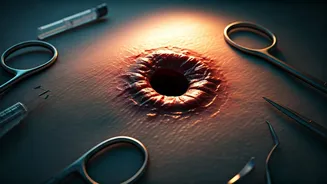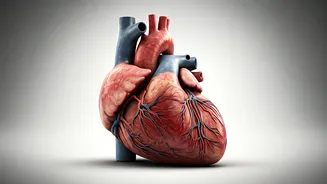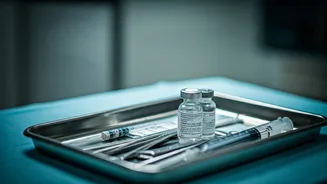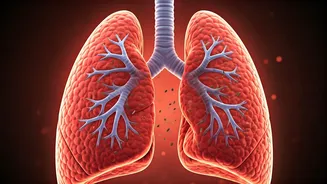Immediate First Aid
The initial response to a rat bite involves immediate first aid, which is vital for reducing the risk of complications. Initially, the bite wound should
be thoroughly cleaned using soap and warm water. Gentle washing helps remove bacteria and contaminants from the wound. Once the area is cleaned, apply a disinfectant, such as povidone-iodine or alcohol, to further sanitize the area. Next, cover the wound with a clean bandage or dressing to protect it from external factors. It is critical to carefully monitor the area for any signs of infection, such as increased redness, swelling, warmth, or pus, as these may require prompt medical attention. Proper wound care during this initial phase sets the stage for optimal healing and infection prevention, providing a crucial defense against potential health risks associated with the bite.
Tetanus Prevention Measures
One significant concern following a rat bite is the risk of tetanus, a serious bacterial infection. To address this risk, it is important to assess one's tetanus vaccination status. If one is unsure or if their last tetanus shot was over ten years ago, seeking medical advice is advisable. Doctors can administer a tetanus booster shot, which boosts immunity and protects against the tetanus bacteria. In cases where the wound is deep or contaminated, the doctor may suggest a tetanus immunoglobulin injection to provide immediate protection. Moreover, the wound should be closely monitored for any signs of infection or complications. Prompt medical intervention is essential for managing tetanus risk following a rat bite, guaranteeing optimal safety and wellness.
Preventing Infections Effectively
Preventing infections is another crucial aspect following a rat bite. After cleaning and dressing the wound, monitoring the area for signs of infection is paramount. Redness, swelling, warmth, or pus at the bite site require immediate medical consultation. Medical professionals might prescribe antibiotics to combat any potential infections. Maintaining good hygiene is another key preventative measure, including regular handwashing, which helps to minimize the risk of bacterial transmission. Avoid touching the bite wound with unclean hands to prevent further contamination. Additionally, staying away from activities that might expose the wound to dirt or other contaminants is advisable. By taking these preventative steps and promptly seeking medical attention if needed, one can greatly reduce the likelihood of developing complications from a rat bite.
When to Seek Medical Care
Knowing when to seek medical care after a rat bite is crucial for prompt and effective treatment. You should seek immediate medical attention if you notice signs of infection, such as increased redness, swelling, warmth, or pus. Moreover, any systemic symptoms, like fever, chills, or body aches, warrant immediate medical consultation. Also, if the bite is deep or the wound is extensive, it is imperative to visit a doctor. It's always best to err on the side of caution. Medical professionals can assess the wound, administer necessary vaccinations, and prescribe antibiotics or other treatments to prevent or manage complications. If you have any doubts or concerns, it is always recommended to seek medical advice for professional guidance and care to protect your health and well-being.















